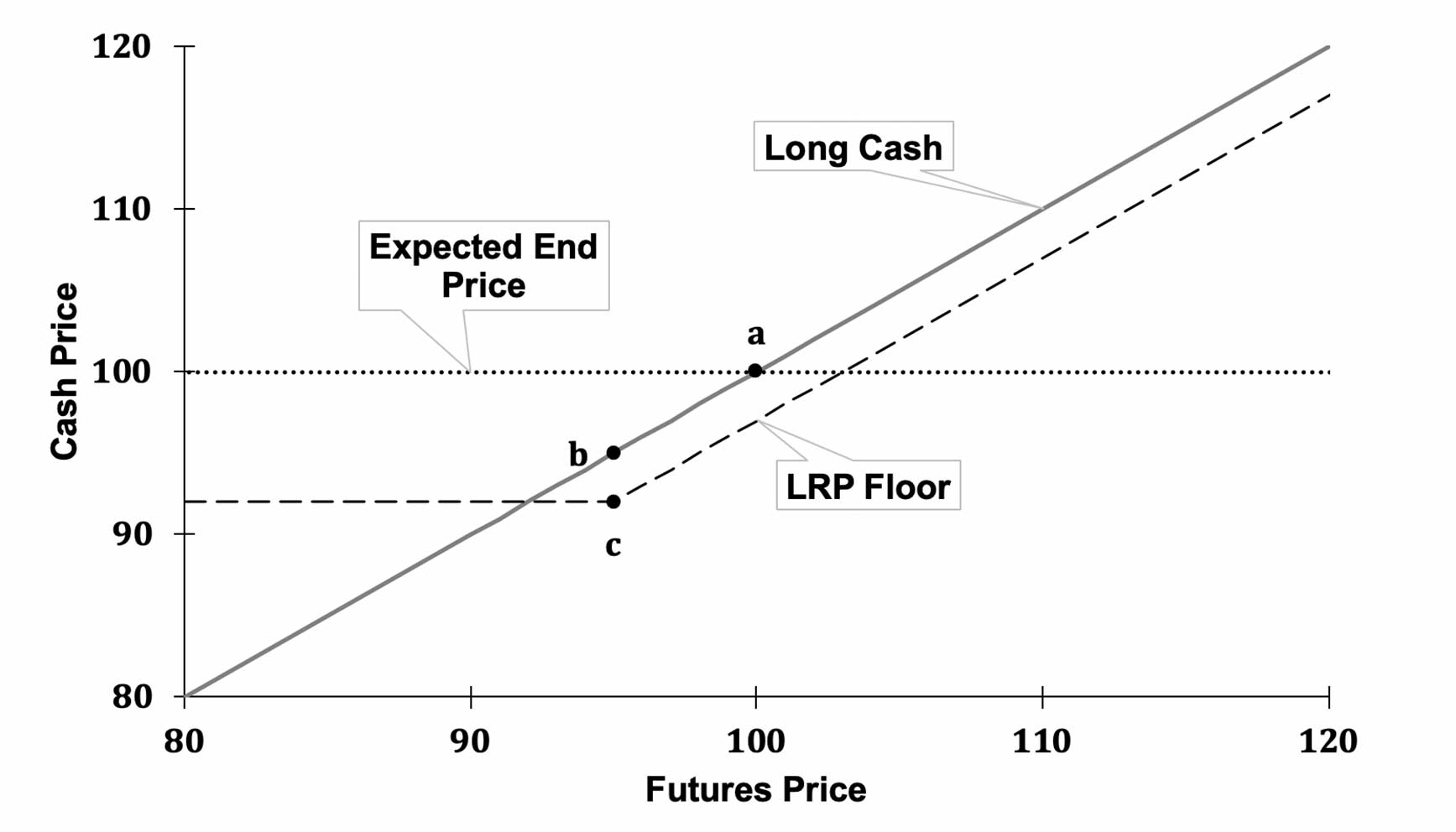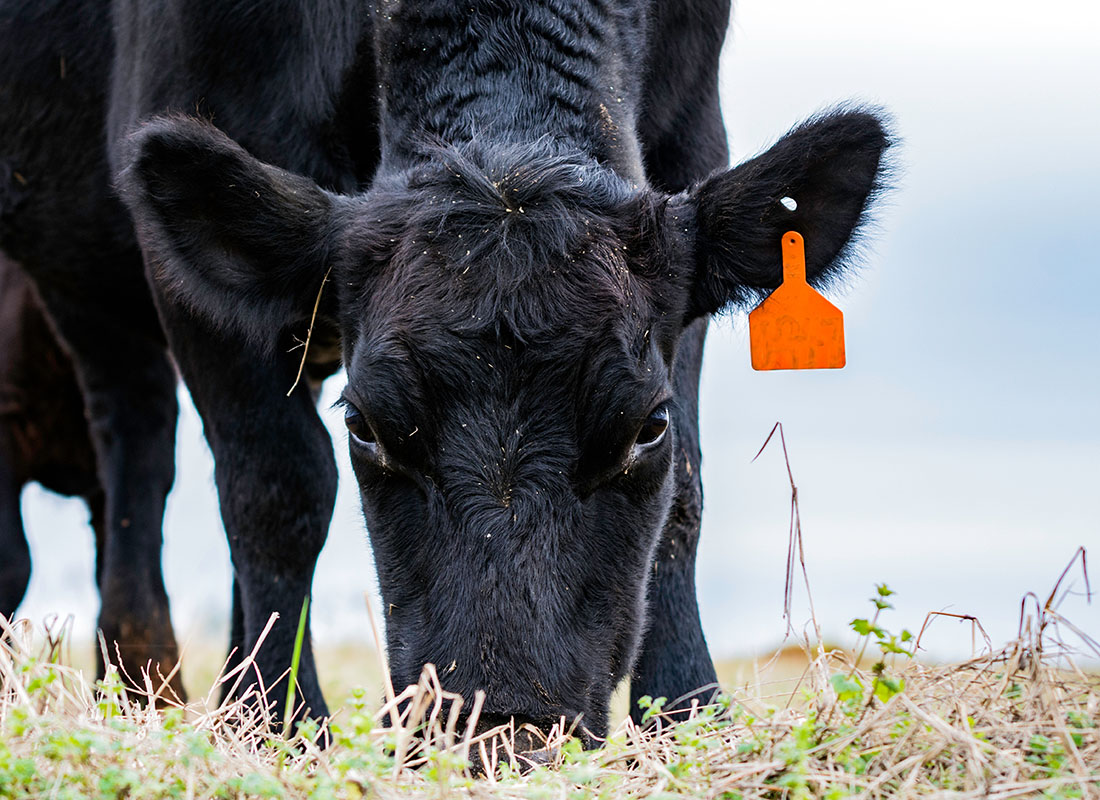Understanding Animals Danger Security (LRP) Insurance Coverage: A Comprehensive Overview
Navigating the realm of livestock danger protection (LRP) insurance coverage can be a complicated endeavor for numerous in the farming market. This kind of insurance coverage offers a safety net versus market fluctuations and unanticipated situations that might affect animals producers. By recognizing the ins and outs of LRP insurance, manufacturers can make informed decisions that might secure their procedures from financial dangers. From just how LRP insurance policy functions to the numerous coverage options readily available, there is much to discover in this comprehensive overview that can potentially form the means livestock producers approach risk management in their companies.

Just How LRP Insurance Coverage Works
Occasionally, recognizing the mechanics of Animals Risk Protection (LRP) insurance coverage can be complicated, yet breaking down how it works can provide clearness for farmers and ranchers. LRP insurance coverage is a risk monitoring tool created to safeguard livestock producers versus unforeseen price decreases. It's vital to keep in mind that LRP insurance policy is not an income assurance; rather, it concentrates only on price threat defense.
Qualification and Protection Options

When it pertains to insurance coverage choices, LRP insurance policy uses producers the flexibility to select the protection degree, coverage period, and endorsements that finest suit their threat management demands. Coverage levels usually range from 70% to 100% of the expected ending worth of the insured livestock. Producers can likewise choose protection durations that align with their production cycle, whether they are insuring feeder livestock, fed livestock, swine, or lamb. Endorsements such as cost risk protection can further customize insurance coverage to protect versus damaging market fluctuations. By comprehending the eligibility criteria and coverage choices offered, animals producers can make informed choices to handle threat successfully.
Pros and Disadvantages of LRP Insurance
When examining Livestock Danger Protection (LRP) insurance coverage, it is necessary for livestock manufacturers to weigh the benefits and disadvantages intrinsic in this risk monitoring tool.

One of the key benefits of LRP insurance policy is its capability to offer defense against a decrease in livestock prices. Additionally, LRP insurance coverage uses a degree of versatility, enabling producers to tailor insurance coverage levels and policy durations to match their certain needs.
One constraint of LRP insurance is that it does not safeguard against all types of risks, such as illness break outs or all-natural disasters. It is crucial for producers to carefully examine their individual threat exposure and economic situation to identify if LRP insurance policy is the ideal risk administration device for their operation.
Recognizing LRP Insurance Coverage Premiums

Tips for Maximizing LRP Benefits
Maximizing the advantages of Livestock Danger Protection (LRP) insurance calls for tactical planning and positive risk management - Bagley Risk Management. To make the many of your LRP insurance coverage, consider the complying with suggestions:
On A Regular Basis Examine Market Conditions: Stay educated about market fads and price changes in More Help the livestock industry. By monitoring these variables, you can make educated decisions concerning when to purchase LRP insurance coverage to safeguard against possible losses.
Set Realistic Coverage Degrees: When choosing protection levels, consider your production costs, market value of animals, and potential dangers - Bagley Risk Management. Establishing realistic protection degrees ensures that you are sufficiently safeguarded without paying too much for unnecessary insurance coverage
Diversify Your Coverage: As opposed to relying entirely on LRP insurance policy, consider expanding your risk monitoring strategies. Incorporating LRP with various other risk management tools such as futures contracts or alternatives can supply extensive protection versus market uncertainties.
Evaluation and Adjust Protection Regularly: As market problems change, occasionally assess your LRP insurance coverage to guarantee it lines up with your present risk direct exposure. Changing coverage degrees and timing of purchases can aid optimize your risk security strategy. By complying with these tips, you can take full advantage of the advantages of LRP insurance coverage and protect your livestock operation against unforeseen dangers.
Conclusion
Finally, animals risk protection (LRP) insurance is an important tool for farmers to handle the economic dangers related to their livestock operations. By comprehending how LRP works, eligibility and insurance coverage alternatives, in addition to the benefits and drawbacks of this insurance policy, farmers can make enlightened decisions to shield their livelihoods. By meticulously taking into consideration LRP costs and implementing methods to take full advantage of advantages, farmers can reduce possible losses and make certain the sustainability of their procedures.
Livestock producers interested in obtaining Livestock Risk Defense (LRP) insurance coverage can check out a range of qualification standards and protection options customized to their particular livestock procedures.When it comes to insurance coverage important source alternatives, LRP insurance policy supplies manufacturers the adaptability to pick the insurance coverage degree, coverage duration, and endorsements that finest suit their danger administration needs.To understand the details of Livestock Threat Security (LRP) insurance policy fully, understanding the aspects influencing LRP insurance costs is essential. LRP his response insurance policy costs are established by numerous elements, consisting of the coverage level selected, the anticipated rate of livestock at the end of the protection period, the kind of livestock being guaranteed, and the length of the insurance coverage period.Evaluation and Adjust Coverage On a regular basis: As market conditions change, periodically assess your LRP insurance coverage to ensure it straightens with your present danger direct exposure.